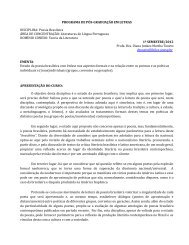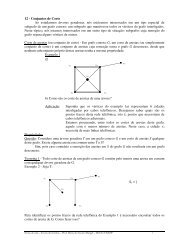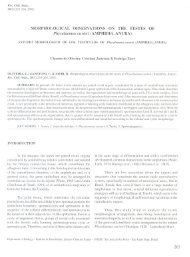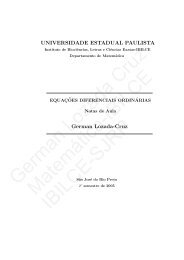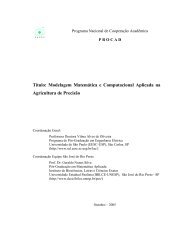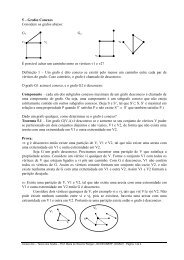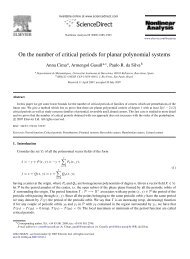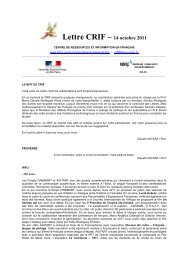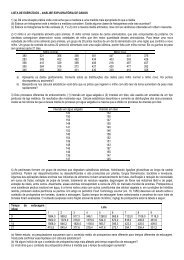Campos de Vetores Polinomiais Planares: Análise ... - Unesp
Campos de Vetores Polinomiais Planares: Análise ... - Unesp
Campos de Vetores Polinomiais Planares: Análise ... - Unesp
You also want an ePaper? Increase the reach of your titles
YUMPU automatically turns print PDFs into web optimized ePapers that Google loves.
negativo. Como (ẋ, ẏ) = X(x, y) = (p(x, y), q(x, y)), temos<br />
{<br />
ẋ = p(x, y)<br />
ẏ = q(x, y)<br />
mas ele po<strong>de</strong> ser escrito na forma<br />
{<br />
ẋ = f(x, y)<br />
ẏ = −αy + g(x, y)<br />
(2.15)<br />
on<strong>de</strong> f(0, 0) = g(0, 0) = 0.<br />
Além disso, existe h ∈ C w (V δ (0, 0)) que <strong>de</strong>fine a varieda<strong>de</strong> central local W C loc(0, 0) =<br />
{(x, y)/y = h(x), |x| < δ} e satisfaz<br />
h ′ (x)[f(x, h(x))] + αh(x) − g(x, h(x)) = 0 (2.16)<br />
com fluxo na varieda<strong>de</strong> central<br />
Exemplo 2.30. Consi<strong>de</strong>re o sistema<br />
{<br />
ẋ = f(x, h(x)). (2.17)<br />
ẋ = x 2 y − x 5<br />
ẏ = −y + x 2 .<br />
Neste caso, temos f(x, y) = x 2 y − x 5 e g(x, y) = x 2 . Vamos substituir a expansão<br />
h(x) = ax 2 + bx 3 + o(x 4 ) e Dh(x) = 2ax + 3bx 2 + o(x 3 )<br />
na equação (2.16) para obter<br />
(2ax + 3bx 2 + ...)(ax 4 + bx 3 + ... − x 5 ) + ax 2 + bx 3 + ... − x 2 = 0<br />
Fixando os coeficientes <strong>de</strong> mesmo grau <strong>de</strong> x igual a zero, segue que a − 1 = 0, b = 0, c = 0, ...<br />
Então,<br />
h(x) = x 2 + o(x 5 ).<br />
Substituindo este resultado na equação (2.17), temos então<br />
ẋ = x 4 + o(x 5 ).<br />
65




